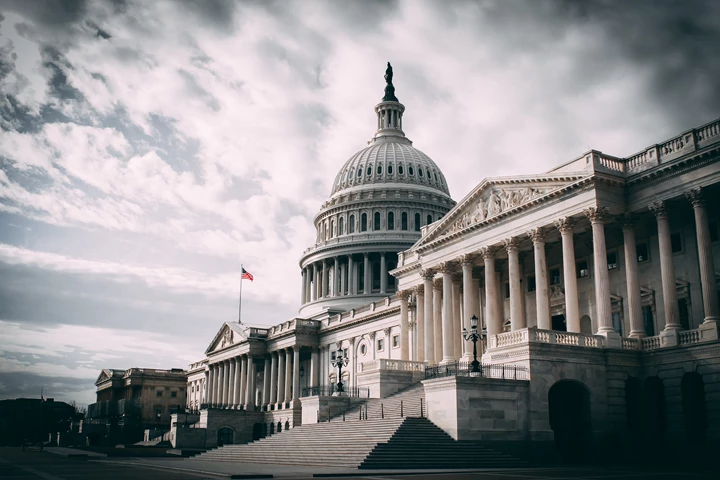Do US party politics matter to international students?

Photo by Harold Mendoza on Unsplash
Recently, some colleagues asked us whether there was any relationship between the political affiliation/control of states in the US and their success in attracting international students. Armed with Gallup’s state political affiliation analysis, we had a look.
Gallup identifies five categories: Strong Republican, Lean Republican, Competitive, Strong Democratic and Lean Democratic. Using those definitions we overlaid IPEDS data to identify the number of international students and the extent to which those enrollments have grown or declined between Fall 2015 and Fall 2017.
In the maps below, the size of the bubble indicates the relative size of the international student population in the State and the color is aligned with Gallup’s definition of political affiliation.
So what are the findings?
- International students enroll everywhere but of the top ten most popular state destinations, six are either strong or lean Democratic, three are designated as competitive (Texas, Ohio and Florida) and one, Indiana is designated as Lean Republican. This does not imply any particular political affiliation amongst students. States with strong Democratic leanings are home to large urban centers with big concentrations of universities, including many of the Nation’s best known and highly ranked. These large urban centers are also home to multiple language schools, large community colleges and generally offer strong employment opportunities.

- Growth in international enrollments has been most pronounced in states which are strong Democratic or competitive, based on Gallup’s definitions. Of the ten states demonstrating highest enrollment growth, six are Democratic, four are competitive ( Florida, Georgia, North Carolina and Kentucky) and none identified as Republican.
- Interestingly, Alabama is the strong Republican state illustrating the highest level of international enrollment growth over the period with a net increase of 697 students. Of course this could be because it starts from a low base to begin with – but it is also home to the University of Alabama at Birmingham and Auburn University, both of whom have external international partnerships.

- Of those states which experienced the largest declines – more than 800 students over the period – four are republican, (Indiana, Idaho, Oklahoma and Missouri), two are competitive (Texas and Ohio) and one, Michigan, is Lean Democratic.

These data are interesting but it is difficult to draw any conclusions – and certainly no party affiliation conclusions. Changes in absolute numbers reflect the relative size of student populations. Changes in California which is home to 102,280 foreign students is not the same as a similar adjustment in North Dakota which has 2,319 international students, 44 times fewer than its neighbor to the West.
International students, for the vast majority, will not be intimately aware of party affiliation in the United States and nor will political affiliation have any meaningful impact on their decision. Implications of policy decisions on the other hand will impact student decision making. Our own research, alongside much else, shows students pursue quality, strong outcomes, safety and to some extent the familiar – hence the draw of locations with large, diverse populations. That these centers are also Democratic or Competitive is largely incidental to these students.
What will not be incidental is the quality of the university, the warmth of the welcome and the extent of the support and opportunities available to them. INTO works with colleagues and universities across the political spectrum in the United States. What seems evident to us, at least, is these qualities are in abundance across the country, whatever the overall political affiliation of the State population.